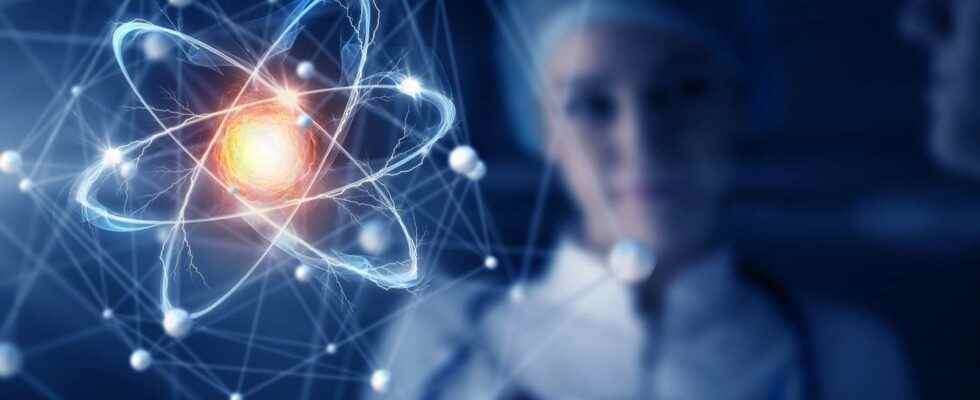Sometimes confused because their designations are similar, fission and fusion are however two radically different processes, both on a small and large scale!
If these two terms are similar because they take place at the level of the atomic nucleus, they nevertheless designate radically different processes! Where the merger consists of bringing together two light nuclei to make a heavier one, the fission breaks a heavy nucleus into two lighter nuclei. In France, it’s fission, not merger, which is used to generate electricity. Much more advanced than fusion, which is at the experimental stage, several techniques for doing fission exist.
Nuclear fission was discovered more than 80 years ago
Discovered in 1938 by the physicist German Otto Han and the physicist Lise Meitnerfission was very quickly studied for military purposes, to create the famous atomic bomb. It was not until much later, in the 1950s, that the first civilian reactors were designed and put into operation. Indeed, the nuclear fission generates heatso it can be operated within a power plant.
The fission reaction takes place on the atomic scale, as explained in a Futura dossier on nuclear energy : when a so-called “fissile” nucleus collides with a neutron, the latter is then absorbed. But the nucleus thus created is unstable, and splits into two unstable nuclei, called fission products. The reaction releases heat through the movement particles, but also by the radioactive decay of fission products. L’uranium natural is the only natural element containing a isotope fissile: uranium 235, present at 0.7% in natural uranium.
In France, we exploit thenuclear energy from the 1960s, but first with a different die than the one we use today. The reactors contained natural uranium and used eitherheavy water (which contains deuterium instead ofhydrogen), be the graphite to moderate the neutrons (slow them down). The transport of heat was carried out by a gas (CO2 Where air). Today these are the pressurized water reactors that govern the French sector: water liquid performs both the function of neutron moderator and coolant. The fuel this time is enriched uranium, therefore treated to contain more uranium 235 than natural uranium.
But many other ways of exploiting nuclear fission exist everywhere in the world, in particular by using pressurized water but with a different reactor design, and also by using a different technology. Mention may be made, for example, of reactors which use heavy water, those which use boiling water, gas as coolant, or even generation 4 fast neutron reactors.
Nuclear fusion is still experimental
Unlike fission, merger is not yet exploited to produceenergy in large scale. It consists, as its name suggests, in fusing two atomic nuclei: most often, two isotopes of hydrogen which merge to give a atom ofhelium and a neutron. The process is much more difficult to create than fission, as it requires temperature and pressure very high, much higher than the few hundred degrees of power plants that use fission. Conditions similar to those in the hearts of stars are necessary, that is to say several hundreds of millions of degrees!
At this temperature, the matter is in the form of plasma, gas whose atoms have been dissociated: the electrons are no longer bound to the nucleus of the atoms. The fusion reaction releases a very large amount of energy, and does not generate any Radioactive waste like fission. In addition, it uses easily found elements, isotopes of hydrogen.
But heating matter to millions of degrees while confining it is a technological challenge; moreover, within the plasma, instabilities are created, which tend to “extinguish” this plasma. Currently, only two methods are used to control the plasma : inertial confinement and magnetic confinement. It is the latter which is used in Iter (International Thermonuclear Experimental Reactor), in the south of France. The plasma is confined within a torus-shaped reactor, called tokamakby a powerful magnetic field. Another form of reactor is the stellaratorwhere the magnetic field takes a different shape, so does the reactor.
Inertial confinement, on the other hand, is used in only two places in the world, including the Laser Megajoule near Bordeaux. This time, the fusion is triggered by focusing a large number of high-powered laser beams on a small target that contains deuterium and tritium, the two isotopes of hydrogen that are destined to fuse together. The lasers will thus compress the target, so strongly that they will trigger the fusion reaction.
If fusion is accessible by these two methods, it is not currently possible by either of them on a large scale: the industrial exploitation of fusion should not arrive before 2050.
Interested in what you just read?
